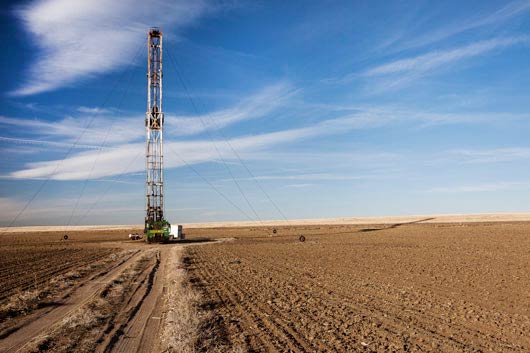
Then why is fracking so controversial?
This is the second biggest question after you’ve answered What is fracking? The environmental impact of widespread fracking isn’t yet known. It requires an enormous amount of water—as much as 2-5 million gallons for a horizontal well in a shale formation. This water is generally taken from local resources. In addition to the chemicals initially added, the wastewater that’s pumped back out can also contain many other contaminants and toxins, including radioactive material. And, according to The Geological Society of America (GSA), “Estimates of the fluids recovered range from 15-80% of the volume injected depending on the site.” That leaves quite a bit of contaminated water left to leach into the ground.
The wastewater is stored on site and then sent to a water treatment facility or, more commonly, injected deep, deep underground (there’s not much research on how this could affect the environment years from now). We’re also not sure exactly how much and what chemicals are present. In March, the Obama administration announced new, stricter regulations requiring fracking companies to disclose their chemicals. You can check out FracFocus to see a list of what chemicals are currently being used for hydraulic fracturing.
Whether or not fracking causes more earthquakes is another hotly debated topic. So far studies have shown that the actual fracking process doesn’t significantly increase earthquake risk. HOWEVER, in areas where there is a lot of fracking, disposing of wastewater by injecting large amounts deep underground does appear to have a pretty serious seismic impact.












